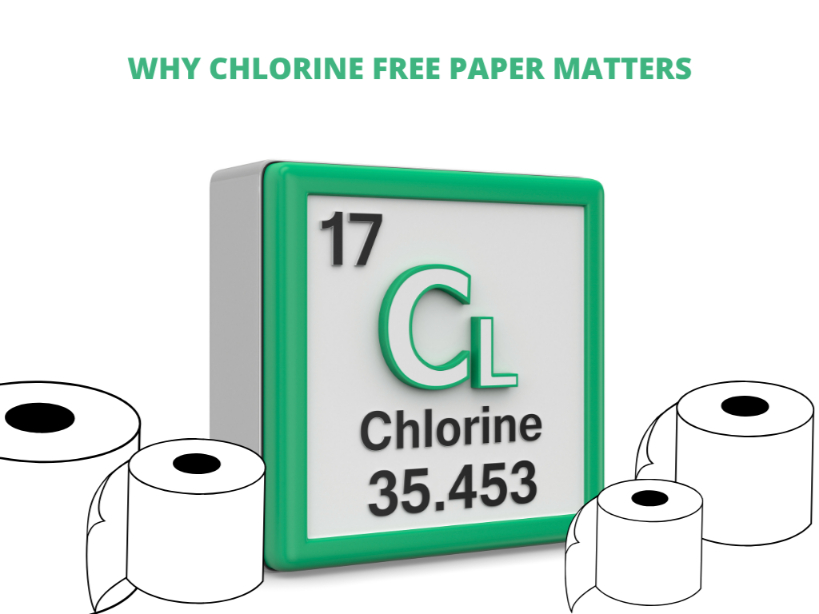Why Chlorine Free Paper Matters
In the world of sustainability, Processed Chlorine Free (PCF) Paper emerges as a focal point deserving of thoughtful consideration. It stands as a testament to conscientious paper production, eschewing the utilisation of chlorine in its bleaching process. This deliberate choice not only preserves the integrity of the environment but also underscores a commitment to ecological responsibility.
Reflecting on the historical landscape, the era preceding the late 1990s witnessed the pervasive use of elemental chlorine in paper mills. However, this practice bore unintended consequences, as the interaction between chlorine and lignin within wood yielded hazardous byproducts, including furans and dioxins. The resultant contamination of wastewater posed a significant ecological threat, prompting regulatory intervention from bodies such as the EPA.
In response to these concerns, the adoption of chlorine dioxide represented a pivotal shift towards mitigating environmental harm. Nonetheless, the imperfections of this method persist, necessitating further refinement in pursuit of sustainability goals.
Enter PCF Paper—a beacon of innovation and environmental stewardship. By embracing alternative bleaching agents such as ozone, oxygen, or peroxide, PCF Paper circumvents the pitfalls associated with chlorine-based processes. This approach not only safeguards ecosystems from toxic pollutants but also aligns harmoniously with the principles of recycling. Indeed, the synergy between recycled fibers and PCF bleaching underscores a sustainable paradigm, wherein resource conservation and environmental preservation converge.
Envision a future wherein PCF Paper ascends to prominence as the gold standard of eco-conscious paper production. As discerning consumers, we possess the agency to effect meaningful change through our purchasing decisions. Let us, therefore, embrace PCF Paper as a catalyst for progress—a testament to our collective commitment to safeguarding the planet for generations to come.

